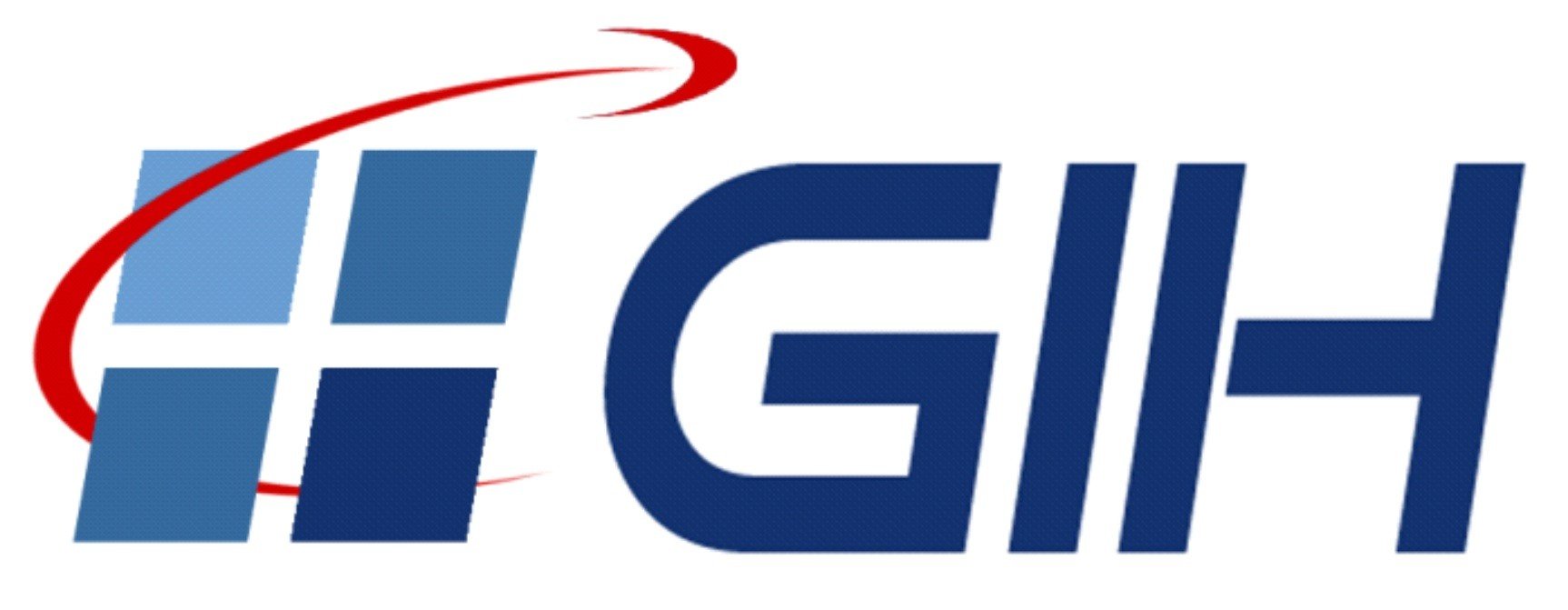-
OpenData4InfMon: Monitoring with GNSS sensors and open dataThe ageing infrastructure on land, rail and water requires significant resources to ensure operational safety. The monitoring of deformations, especially on bridge structures and other important infrastructure, caused by ageing, material fatigue and slow (also climate-related) ground movements, is currently very cost-intensive. It is therefore necessary to develop and evaluate mass-applicable and cost-efficient analysis methods based on open data sources combined with local GNSS sensors, which do not yet exist. The project will investigate the possibilities of strict fusion of free GNSS and radar data as well as 3D city models and traffic route plans for the purpose of better assessment of deformations on structures in combination with locally installed sensor technology, in particular on infrastructures such as railroad lines, power lines and (bridge) structures. The added value of the data is generated in particular by AI analyses and spatiotemporal parameter estimation in combination with local GNSS data.Led by: Ingo Neumann, Mohammad OmidalizarandiTeam:Year: 2023Funding: Bundesministerium für Digitales und Verkehr (BMDV)Duration: 03/2023 – 08/2024
![]()
![]()
-
Deformation analysis based on terrestrial laser scanner measurements (TLS-Defo, FOR 5455): Uncertainty of the surface approximationGeodetic deformation analysis involves the statistical analysis of geometric changes in two or more states. To exploit the full potential of established surface-based measurement techniques, such as terrestrial laser scanning (TLS), continuous local and global modelling of the monitored surface is required. The project ‘Uncertainty of Surface Approximation’ focuses on the investigation of the interaction between measurement and model uncertainties in the context of surface model selection. These components are closely related, since the amount of model uncertainty is directly influenced by the interaction between the complexity of the measured object, such as roughness and sharp edges, and the spatial density of measurement points over the object. To address this, the project differentiates between three subtopics: TLS uncertainty budget, model uncertainty and the application of fractal geometry as a methodological tool to achieve the primary project goal.Led by: Ingo Neumann, Mohammad OmidalizarandiTeam:Year: 2023Funding: DFGDuration: 10/23 – 09/27
![]()
![]()
-
port_AI – A fully digital twin for port structures using IoT, 5G, BIM, AR and AI methods to establish smart building lifecycle managementThe requirements for the safety and reliability of infrastructure management of infrastructure in the area of sea and inland ports are constantly increasing due to the growing globalisation of trade. The creation of a smart infrastructure should solve various challenges in the management of existing port infrastructure in this project. Digitisation and the use of AI processes are also included in this project under the term smart infrastructure. Only a thoroughly digital management of port infrastructure enables the economical use of resources, forward-looking maintenance, and early and comprehensive damage detection and assessment. This can lead to significant cost savings.Led by: Ingo Neumann, Hamza Alkhatib, Mohammad OmidalizarandiTeam:Year: 2021Funding: Funding programme for innovative port technologies (IHATEC) supported by the Federal Ministry of Transport and Digital Infrastructure (BMVI)Duration: 12/2021 – 02/2025
![]()
![]()












